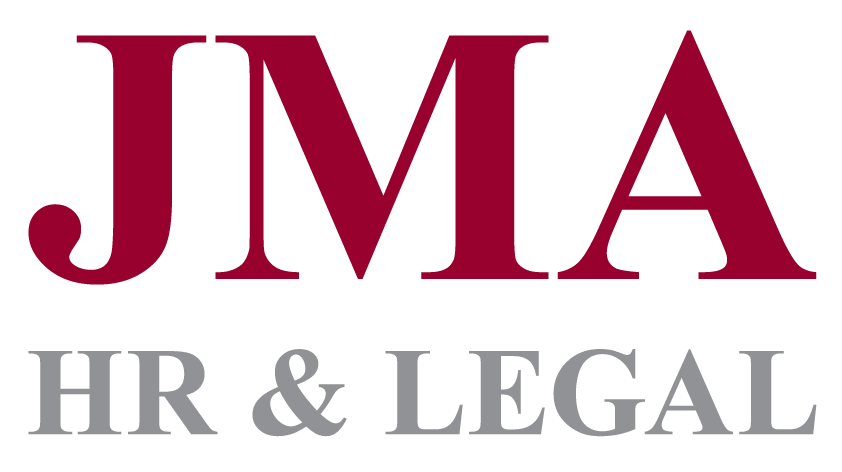Further guidance was made available from the Government earlier this week regarding the Coronavirus Job Retention Scheme (CJRS). The main areas that were updated and clarified were: who the Scheme applies to; the process for furloughing staff; and what can and cannot be claimed for. We have highlighted the changes in these areas below.
We should also continue to emphasise that we are all dealing with guidance at this stage and not legislation which we await in due course and may clarify further, or even amend, certain aspects of the guidance, especially where questions remain unanswered.
One such area which continues not to be addressed in any guidance from the Government is the question of annual leave and how this interacts with Furlough Leave. We will be sending out a separate update about the views currently being taken about this important area.
Who does the Scheme apply to?
Any entity with a UK payroll can apply, including businesses, charities, recruitment agencies and public authorities provided that you have:
• created and started a PAYE payroll scheme on or before 28 February 2020;
• enrolled for PAYE online; and
• a UK bank account.
It is still unclear as to whether an employer who has acquired staff under TUPE after 28 February can put them on Furlough Leave and claim from the Government. It is thought that this will be possible but it has yet to be confirmed formally. From a practical point of view this will mean that transferees under a TUPE transfer should try and ensure that they get sufficient historical payroll information from the transferor to calculate the correct pay to be made to employees who are then placed on Furlough Leave after the transfer.
Apprentices
Apprentices can be furloughed in the same way as other employees and they can continue to train whilst furloughed. However, they must be paid at least the Apprenticeship Minimum Wage, National Living Wage or National Minimum Wage for all the time they spend training. Therefore, it will be necessary to make up any shortfall between the amount you can claim for their wages through the CJRS and their appropriate minimum wage.
Note too that Apprenticeship Levy and Student Loans should continue to be paid as usual. Grants from the CJRS do not cover these.
Public sector organisations
Employers which receive public funding for staff costs will be expected to use that funding, where it continues, to pay their staff whether in the public or private sector.
Organisations who are receiving public funding specifically to provide services necessary to respond to COVID-19 are not expected to furlough staff.
Individual employers
Individual employers can furlough employees, such as nannies, provided they pay them through PAYE and they were on their payroll on or before 28 February 2020.
Administrators
Where a company is being taken under the management of an administrator, the administrator will be able to access the Job Retention Scheme. However, this is only likely to be the case where there is a reasonable likelihood of rehiring the workers with a view to selling the business, for example.
Employees
As already understood, all employees that were on the employer’s PAYE payroll on or before 28 February 2020 can be placed on Furlough Leave regardless of the type of employment contract they have in place, including full-time, part-time, agency, flexible or zero-hour contracts. However, they must not work at all, not even for reduced hours whilst furloughed.
Employees made redundant or who stopped working after 28 February
If employees were made redundant or stopped working on or after 28 February 2020, they can be re-employed and put on Furlough Leave.
Employees on unpaid leave
Employees that started unpaid leave after 28 February 2020 can be furloughed.
Employees who are self-isolating or are on sick leave
Employees on sick leave or self-isolating may get SSP and can then be placed on Furlough Leave once they are no longer receiving SSP.
Shielding Employees
Employees who are shielding in line with public health guidance or who need to stay home with someone who is shielding and cannot work from home can be placed on Furlough Leave if they are unable to work from home and would otherwise have been made redundant.
Employees with caring responsibilities
Employees who are unable to work because they have caring responsibilities resulting from coronavirus can be furloughed. For example, employees that need to look after children can be furloughed.
Employee with more than one job
If your employee has more than one employer they can be furloughed for each job or just one of their jobs and carry on working for the other employer(s). Each job is treated separately and the cap applies to each employer individually.
Employees on a fixed term contracts
Employees on fixed term contracts can be furloughed. However, once the fixed term contract has ended because it has not been extended or renewed they will no longer qualify.
Eligible individuals who are not employees
Various other individuals who are not employees can be placed on Furlough Leave provided they are paid via PAYE:
• office holders, including company directors;
• salaried members of limited liability partnerships;
• agency workers (including those employed by umbrella companies); and
• limb (b) workers.
Further information in respect of each of these is available in the Government’s updated guidance.
Process for furloughing staff
Organisations should discuss and agree with individual members of staff the arrangement to place them on Furlough Leave as this amounts to a variation of their contract. Care should be taken not to discriminate when deciding who to furlough.
To be eligible for the grant employers must confirm in writing to their employee confirming that they have been furloughed. A record of this communication must be kept for five years.
We now understand that the online portal will be available from 20 April with the first set of payments due to be paid by 30 April.
If permitted in their contract, employees are allowed to work for another employer whilst on Furlough Leave. New employers that take on any new employee should ensure they complete the Government’s starter checklist form correctly. If the employee is furloughed from another employment, they should complete Statement C.
What can and cannot be claimed for
Past Overtime, Fees, Commission, Bonuses and non-cash payments
Any regular payments such as wages, past overtime, fees and compulsory commission payments that the employer is obliged to pay can be claimed for, subject to the cap of £2,500 per employee, per month. However, discretionary bonuses (including tips) and commission payments and non-cash payments are excluded.
Benefits in Kind and Salary Sacrifice Schemes
The reference salary should not include the cost of non-monetary benefits provided to employees, including taxable benefits in kind. Similarly, benefits provided through salary sacrifice schemes (including pension contributions) that reduce an employee’s taxable pay should also not be included in the reference salary. Where the employer provides benefits to furloughed employees, this should be in addition to the wages paid under the CJRS.
Please get in touch if you have any questions regarding the issues discussed in this article.
E: enquiries@jma-hrlegal.co.uk / T: +44 (0)1252 821792













Recent Comments